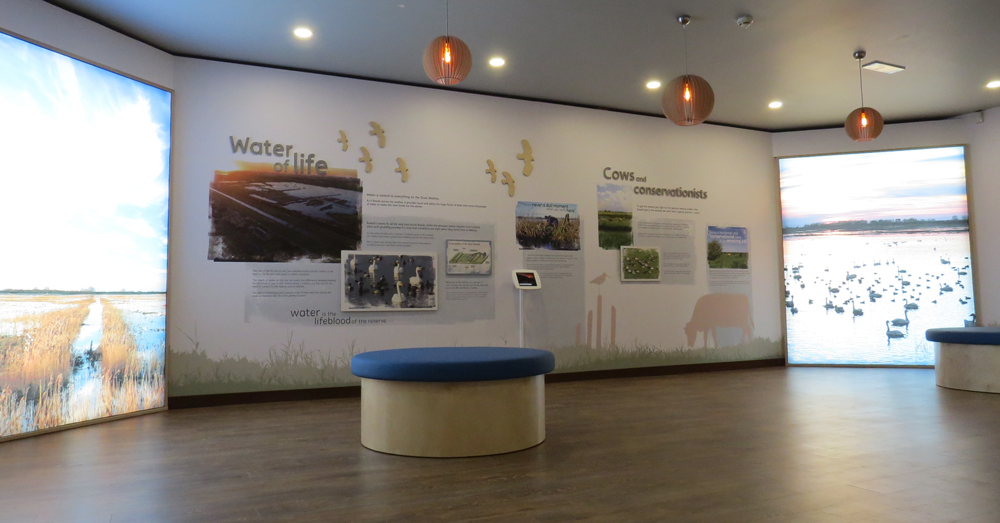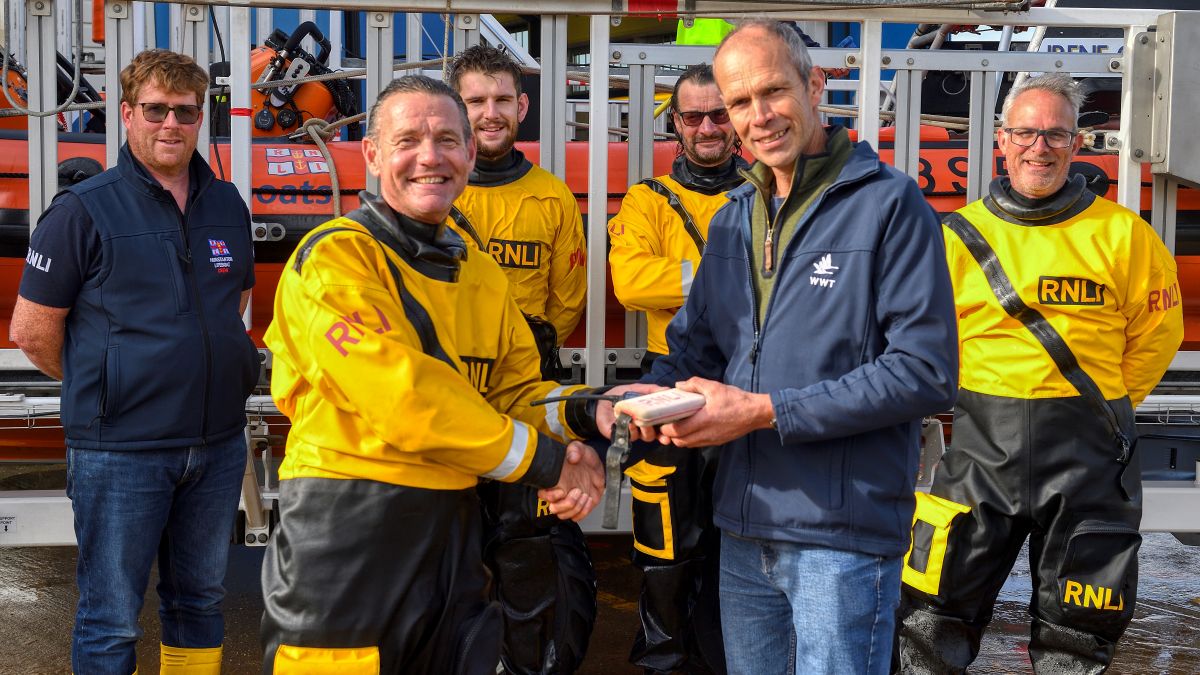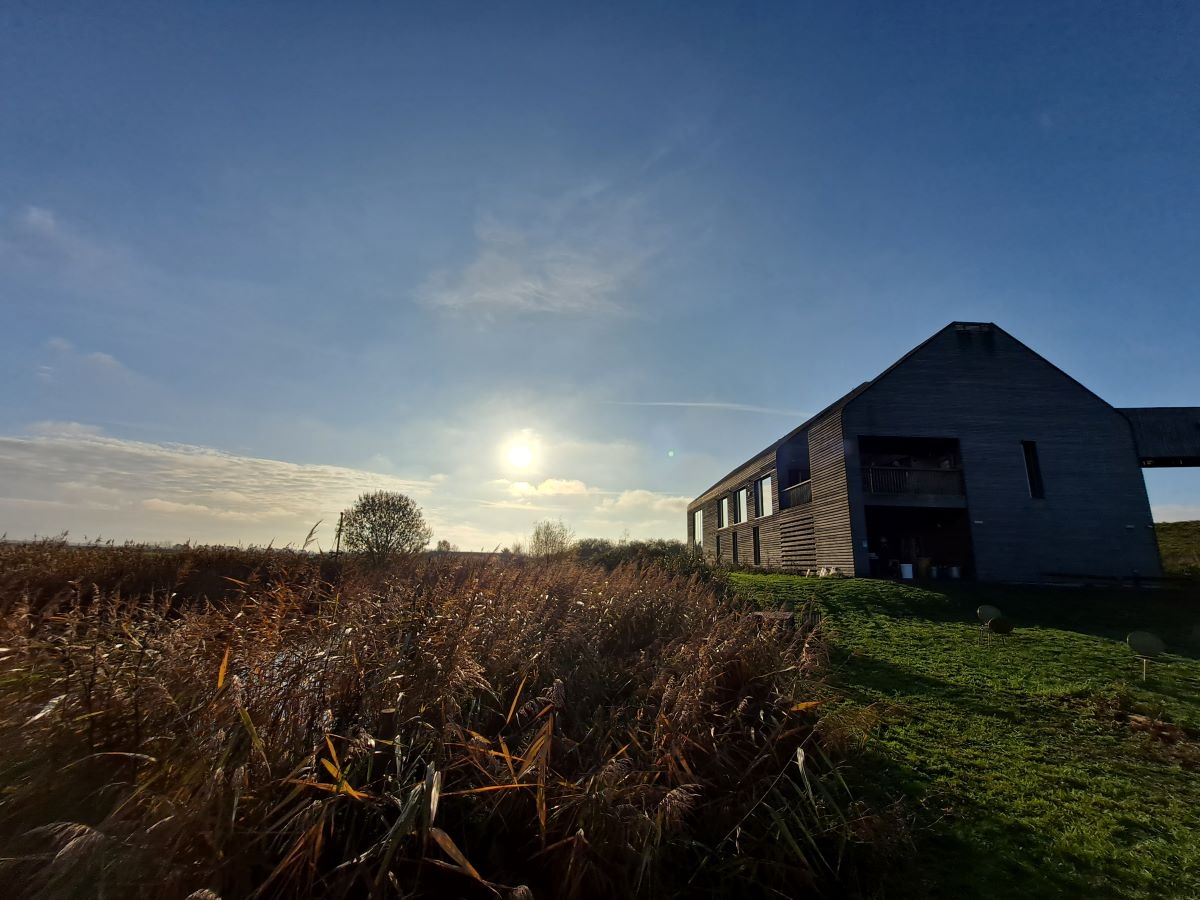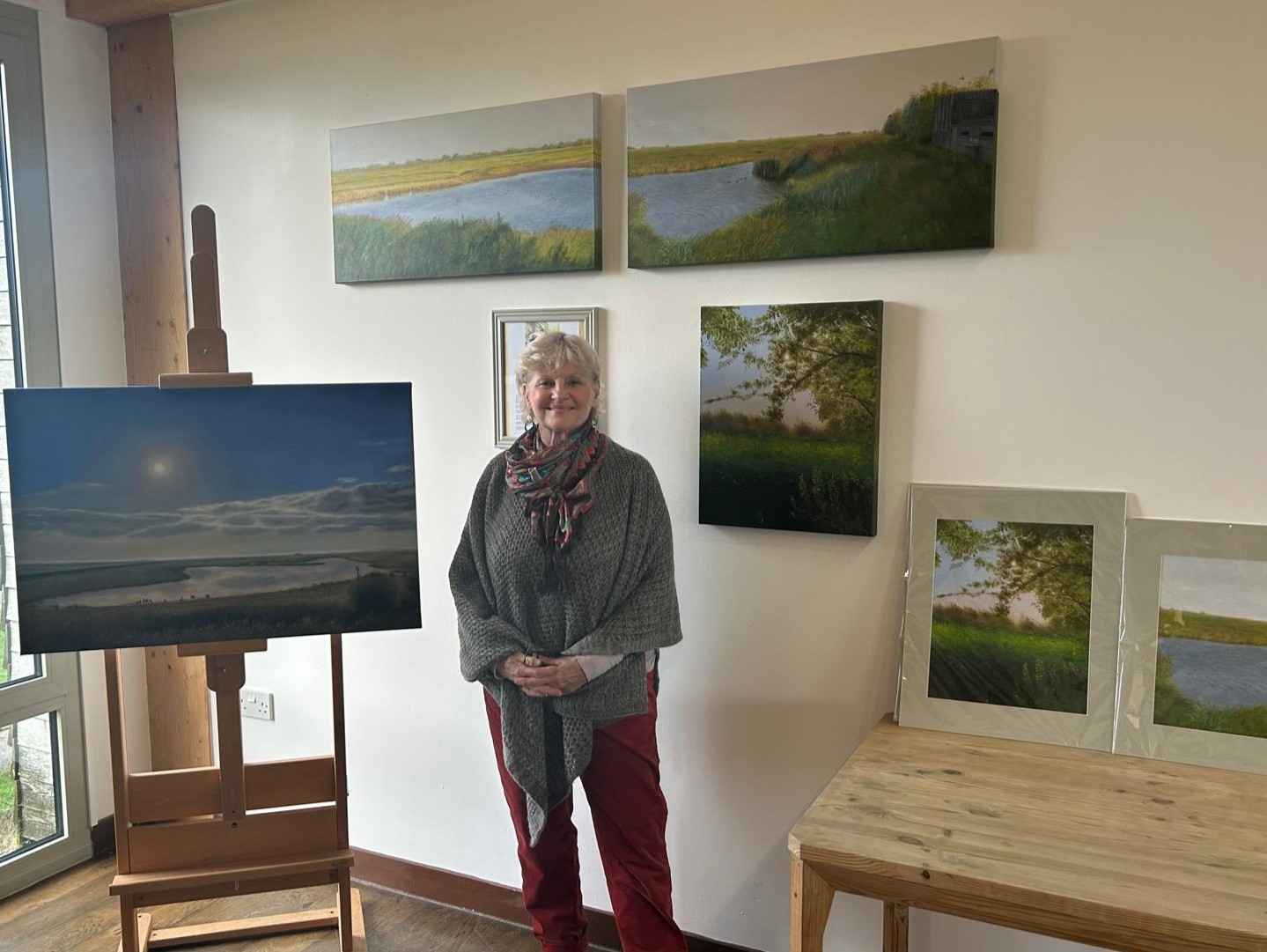Autumn wetland management
Autumn habitat management is in full swing as we race towards winter. Find out about how the team of staff and volunteers are making the reserve ready for winter arrivals and higher water levels, then visit and see the hard work in action for yourself.
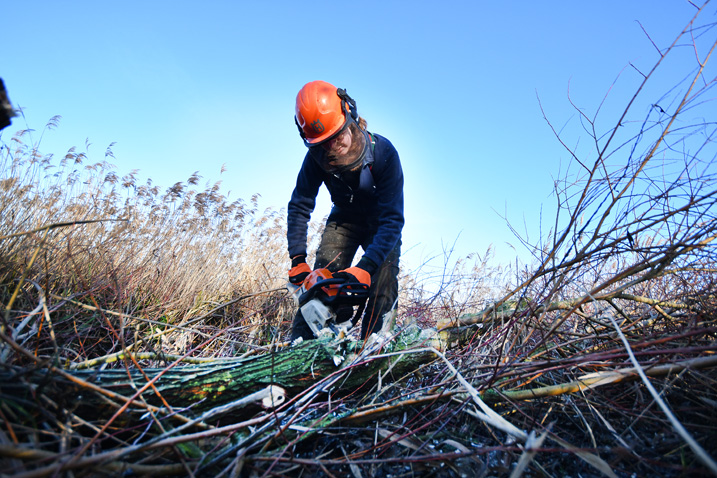
Autumn is an exciting time of year on the reserve as we welcome back the first winter arrivals. But the race is also on to get the majority of management tasks done, before flocks of birds start to build to number thousands, and the water levels change for winter.
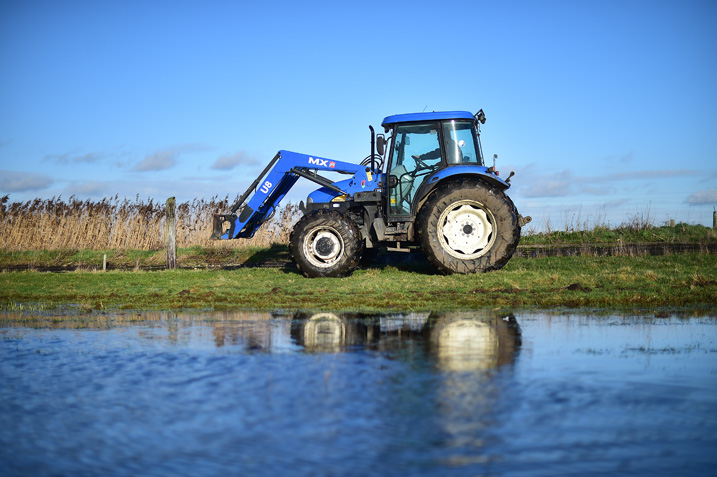
Throughout September the team of staff and volunteers continue to strim back vegetation, cutting rides through the reed growth and opening up views in front of the hides. Out across the washes, any vegetation that the herds of cattle have left long and ungrazed gets cut by tractor and topper, then baled and sent off to the farms as winter haylage. This is all working towards a short height of grass that the grazing duck flocks (wigeon) will continue to keep short throughout winter, ready for the breeding season next spring. Lapwing, redshank and black-tailed godwit will appreciate the open grassland from next March, whilst any tussocky, longer areas of vegetation will be great for breeding snipe.
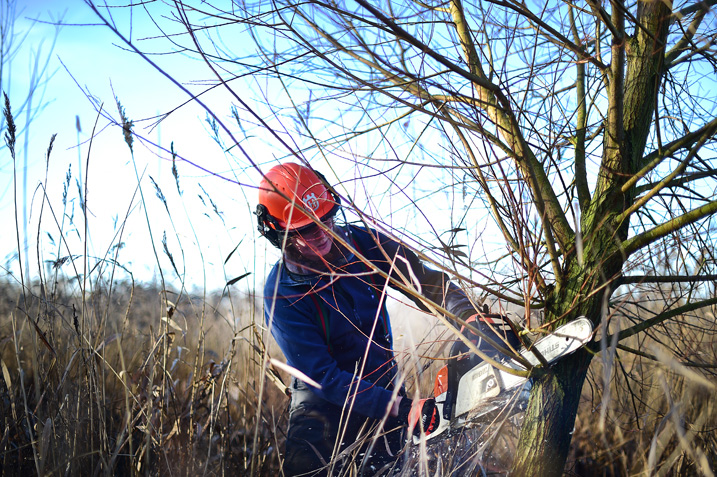
The
reserve team also maintain a mosaic of vegetation by cutting back willow on rotation, making sure there is a gradient of shady to sunny spots within areas of tree growth. Willow trees are coppiced and pollarded to encourage new shoots, without allowing the willow to take over the grassland. Tree cutting the larger willow involves chain sawing and chopping the wood, we then leave the cut wood in piles to allow any invertebrates living in the trees time to relocate. We have to remove these piles of willow if flooding on the reserve becomes likely throughout a winter. We do this because the Ouse Washes are a floodplain for the River Great Ouse, and if the wood washes away it will cause problems for the sluices further downstream.
By mid-October the cattle are ready to go back to their farms for winter. The reserve team work with the farmers to organise this at the end of the grazing season. If we get alot of rainfall during the autumn, this process is done in a much shorter timeframe as the lowest washes begin to flood, restricting the available grassland on the reserve.
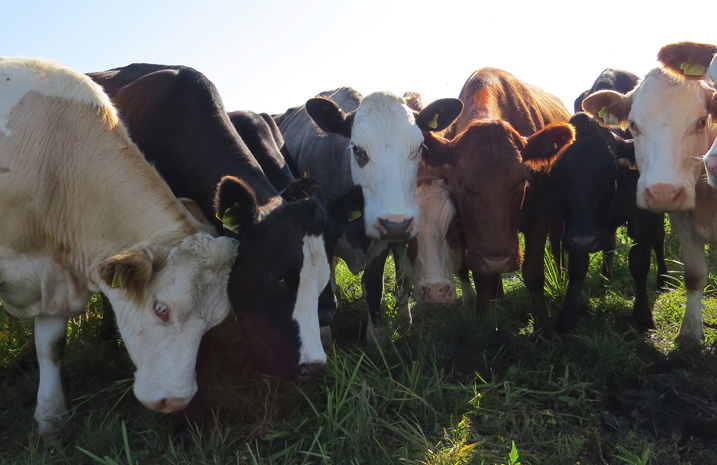
Our new Fenland Exhibit on the ground floor of the visitor centre is a great place to get more insight into the management of our wetlands, how the water system of the Ouse Washes works, what species we are particularly important for, and the history of the Fens. You will see our reserve team and volunteers around the reserve each day managing the wetland habitat and you can enjoy watching the herds of cattle from the visitor centre and hides as you explore.
